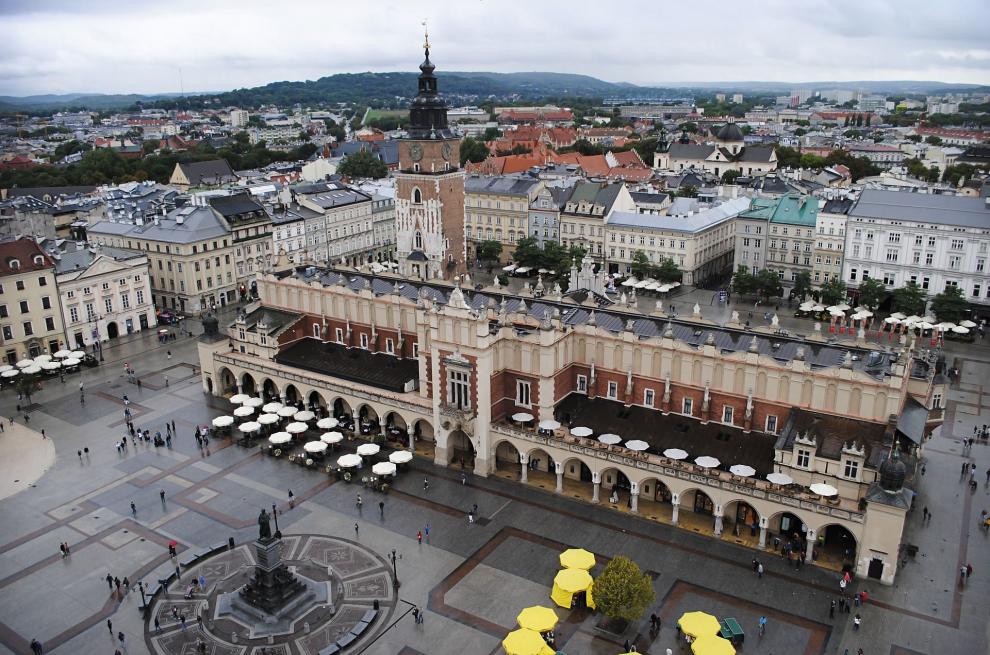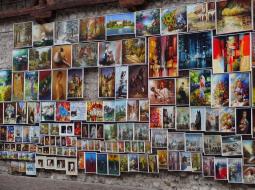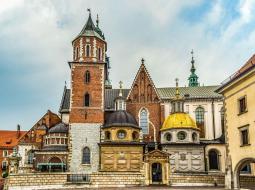Thessaloniki gets ready for its metro launch in November
The underground rapid transit lines have been under construction for almost two decades due to various project delays
 TheMayor.EU logo
TheMayor.EU logo 
The history of Krakow as an organized urban centre begins sometime around the VII-VIII century AD. From the very beginning, power in the city was concentrated on the Wawel Hill. One of the most important dates in the city's history was the spread of the Magdeburg Rights to the region on June 5, 1257. The current urban layout of the Old Town and the seat of the ruler – Wawel were formed at that time.
The city’s location at a crossroads of trade routes connecting Ruthenia to Germany and the Czech Republic and Pomerania to Hungary, Turkey and the Balkans, allowed Krakow to develop quickly.
The period of rapid development of the then capital of Poland was between the 15th and 16th centuries. It is known as the Golden age of Krakow. It attracted the greatest artists whose works we can admire to this day: St. Mary's altar by Wit Stwosz or the cloister in Wawel designed by Bartolomeo Berrecci.
After the golden age, however, the rise of the Polish-Lithuanian Commonwealth demanded for the capital to be moved to Warsaw. The Swedish invasion, the subsequent economic collapse and partitions (between its neighbours Russia, the Habsburg empire and Prussia) left a deep scar on the fate of the country and Krakow.
After Napoleon’s defeat, Krakow was restored to its previous borders but also granted partial independence. It was later annexed by the Austrian Empire and was granted autonomy. Over the following decades, Krakow gradually became a national symbol and artistic centre.
It was here when at the outbreak of WWI Józef Piłsudski formed a small cadre military unit to fight for the liberation of Poland. The Austrian grip over the city was shattered with the assumption of power by the Polish Liquidation Committee in 1918. Krakow became an important centre of administration, culture and art. Industry began to develop dynamically.
World War II wreaked havoc on the city - primarily in the areas of science, culture and economy. After the war, Krakow's privileged position changed: the intention of the then authorities was to limit the role of the intelligentsia. The expression of these aspirations was the construction of Nowa Huta and the influx of huge numbers of workers. However, it turned out differently and artistic and scientific circles are still shaping the character of the city making up one of its greatest assets.
Krakow is a city with poviat status, located in southern Poland, on the Vistula river. It ranks second in the country in terms of population (more than 765,000 persons) and area (327 square kilometres).
Former Polish capital, coronation city and necropolis of Polish kings. Capital of the Lesser Poland Voivodeship - it is divided into four administrative areas: Śródmieście, Krowodrza, Podgórze, and Nowa Huta, further divided into 18 districts
Krakow has a strong and growing local economy with well-developed traditional entrepreneurship sector. One of the centres of the knowledge and innovation industry, after 2000s a strong startup community has grown in the city.

The city is located at the intersection of several geographical regions: the Sandomierz Basin, the West Beskids Foothills and the Kraków-Częstochowa Upland. It is home to the oldest university in Poland and the second in this part of Europe: Jagiellonian University - founded on May 12, 1364.

Today Krakow is a modern city in constant development. A melting pot in which the tradition of the inhabitants is mixed with the student avant-garde. The well-preserved old buildings have not lost their majestic character. It is definitely worth seeing the Wawel Hill and castle, the Old town and Market square.
Krakow City Hall
All Saints 3-4
31-004 Krakow